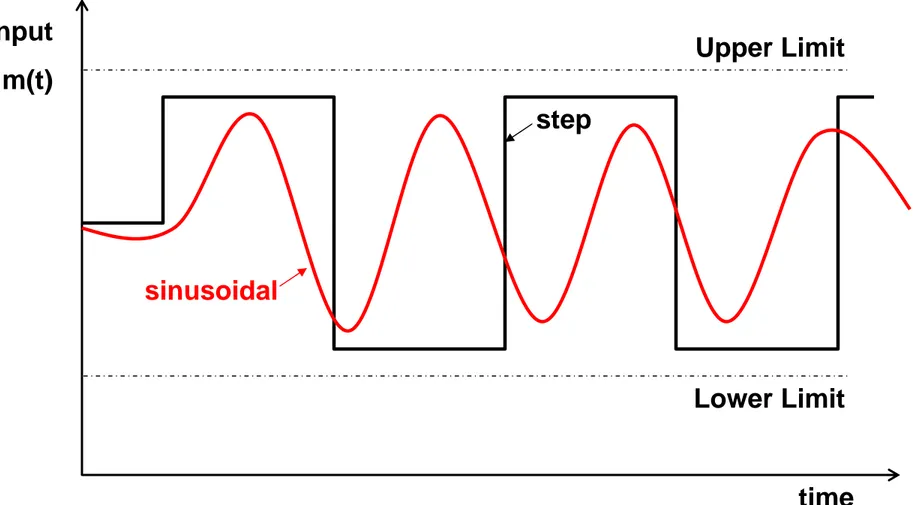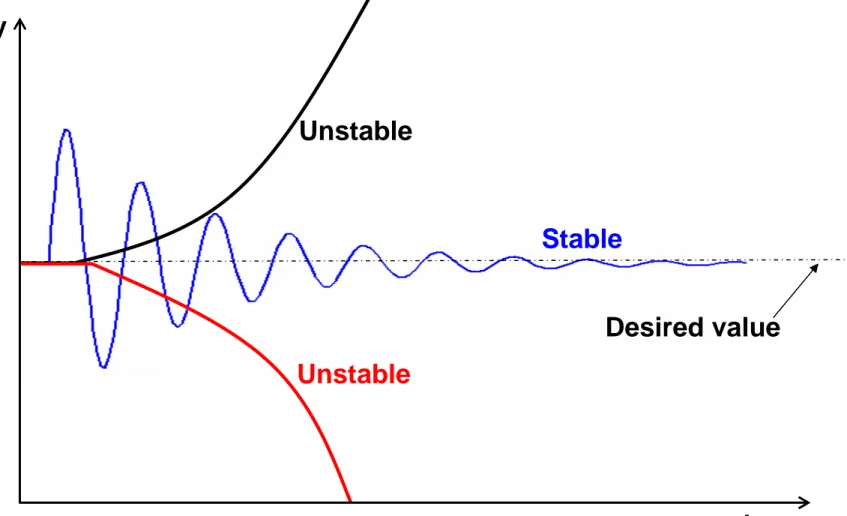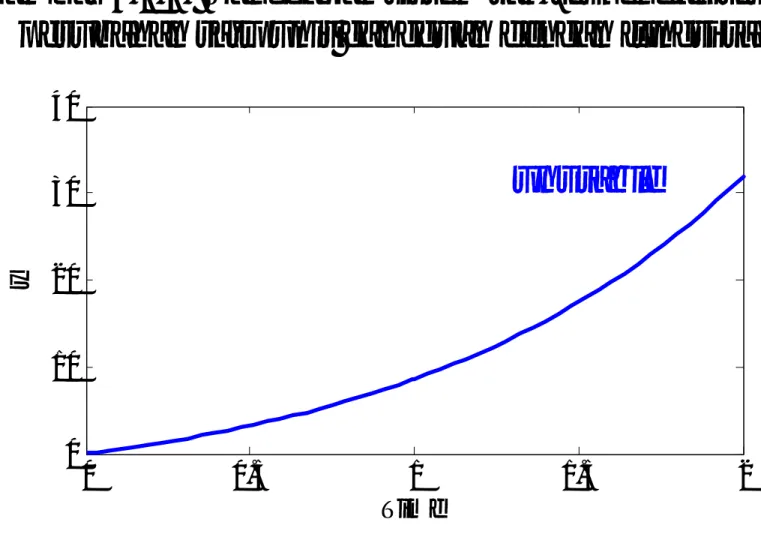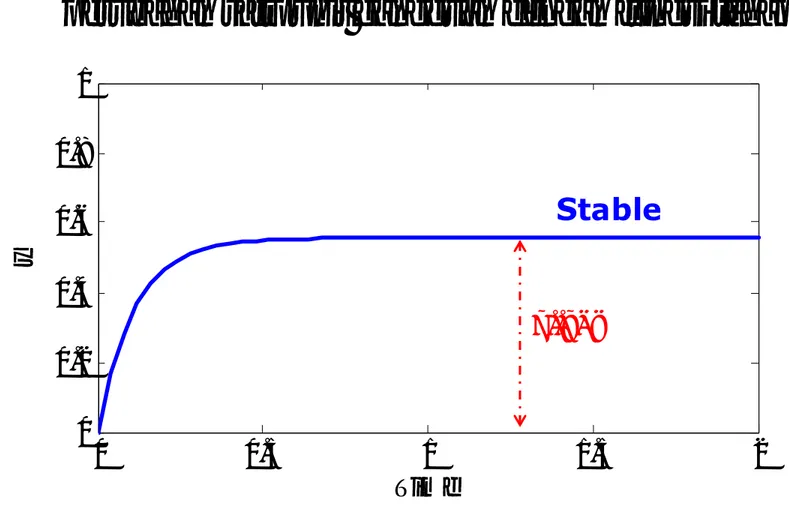Analisis Kestabilan Sistem Pengendalian Umpan Balik
Bebas
48
0
0
Teks penuh
(2)
(3)
(4)
(5)
(6)
(7)
(8)
(9)
(10)
(11)
(12)
(13)
(14)
(15)
(16)
(17)
(18)
(19)
(20)
(21)
(22)
(23)
(24)
(25)
(26)
(27)
(28)
(29)
(30)
(31)
(32)
(33)
(34)
(35)
(36)
(37)
(38)
(39)
(40)
(41)
(42)
(43)
(44)
(45)
(46)
(47)
(48)
Gambar




+7
Dokumen terkait
[r]
[r]
[r]
[r]
[r]
[r]
[r]
MMPC yang didasarkan pada pemilihan model dengan metode RMPC mampu menangani perubahan set point lebih baik daripada single MPC maupun pengendali PI pada sistem





